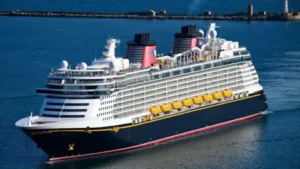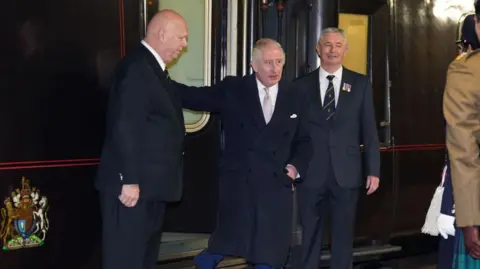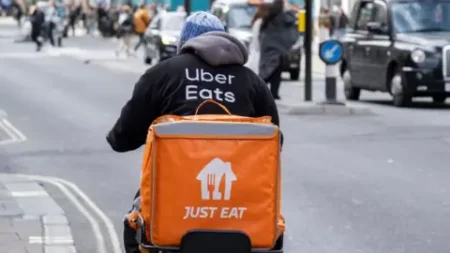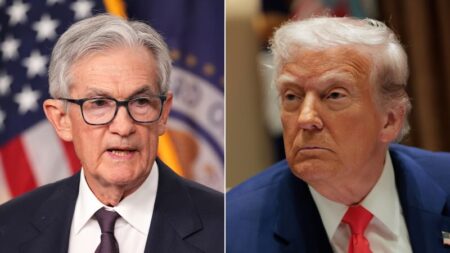The royal train, a symbol of British heritage and royal travel, is set to be retired by 2027 as part of significant cost-saving measures being implemented by Buckingham Palace. This announcement has raised eyebrows, particularly in light of the historic significance of the royal train, which has served the British monarchy since the reign of Queen Victoria, who first commissioned special coaches for royal journeys in 1869.
The decision to cut this mode of transportation comes amidst a broader initiative to ensure that the monarchy delivers value for money to the public. In the latest publication of royal finances, it was revealed that a recent journey on the royal train, which traveled from Gloucestershire to Staffordshire and then proceeded to London, resulted in a staggering cost of over £44,000 for just two days of travel. Such expenses have prompted scrutiny and discussions surrounding the need for more prudent financial practices within the royal family.
Despite ceasing the operation of the royal train, alternative travel arrangements will still be available for the royal family. The annual report mentioned that there were 141 helicopter trips taken last year, costing the royal family £475,000. These travel expenses pose a continued concern for those scrutinizing the financial operations of the monarchy, especially as public funding has seen a notable increase.
James Chalmers, the Keeper of the Privy Purse, acknowledged that bidding farewell to the royal train is bittersweet. He mentioned that while it has been part of national life for numerous decades, it is essential for the monarchy to evolve and not be tethered to historical traditions that may no longer be cost-effective. The train will take a farewell tour across the United Kingdom before being officially retired. Following this, there are plans for it to be placed on public display, allowing the legacy of royal rail travel to continue in a different form.
The royal train comprises nine carriages, with various locomotives contracted to pull them. Its utilization has waned, with the latest accounts indicating it was only used on two occasions within the past year, raising concerns about the ongoing costs associated with its maintenance and storage. Additionally, the broader travel expenses incurred by the royal family included private charter flights totaling approximately £600,000 and scheduled flights costing around £126,000, culminating in a total travel cost for the royal family amounting to £4.7 million, an increase of £500,000 from the previous year.
Meanwhile, the same financial report outlines that the Sovereign Grant – the public funding used for the operational costs of the monarchy, including travel, staffing, and the maintenance of royal estates – will rise significantly from £86.3 million to £132.1 million in the 2025-26 fiscal year. This jump in funding is primarily attributed to ongoing renovation work at Buckingham Palace, which has seen a ten-year, £369 million refurbishment program.
The debate surrounding the funding of the monarchy is intensified further by the claims of anti-monarchist groups like Republic, who criticize the substantial public funding allocated to royal activities. Republic’s chief executive, Graham Smith, has voiced concerns about what he refers to as a “scandalous abuse of public money,” especially in a climate where there are discussions of reducing welfare support for vulnerable populations.
In conclusion, the phasing out of the royal train symbolizes a shift towards a more modern and fiscally responsible monarchy. It reflects the changing dynamics of royal traditions and public expectations. As the monarchy navigates these adjustments, it aims to balance tradition with contemporary financial realities, all while maintaining its role within the public sphere.











